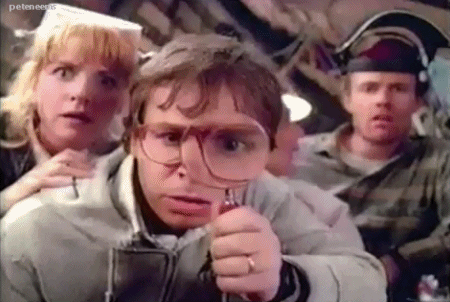
Go big or go home.
Live large.
Think big.
Hit the bigtime.
In general, we are conditioned to think that bigger is better. This is also true in drug development where the recent focus has moved away from small molecules to large ones such as monoclonal antibodies, and antibody-drug conjugates. And no surprise there since drug development is mainly in the hands of the conglomerate of companies known as “Big Pharma.”
However, bigger is not always better. Sometimes bigger is worser. One of the problems with intravenously administered large molecules is that they have a harder time to reach their intended target especially tumors because of size-dependent entry restrictions. Failure to deliver effective doses to the tumor is a primary reason for treatment failure.
In this context, intratumoral treatment with the nano-sized oncolytic virus, AdAPT-001, is an advantage, because it expresses an antibody fusion protein, a TGF-β trap, locally in the tumor, and this TGF-β trap concentration builds up alongside viral replication.
Though the TGF-β trap antibody fusion protein undoubtedly encounters the same barriers to intratumoral movement as it would if given systemically, the spread of the microscopic virus through layers of tumor cells is likely to give a proportionately better distribution of the TGF-β trap with much less systemic toxicity.
This more uniform distribution of the TGF-β trap may partly account for the promising antitumor responses from the ongoing Phase 2 clinical trial with AdAPT-001 and a checkpoint inhibitor.
The takeaway is: go small or go home.
